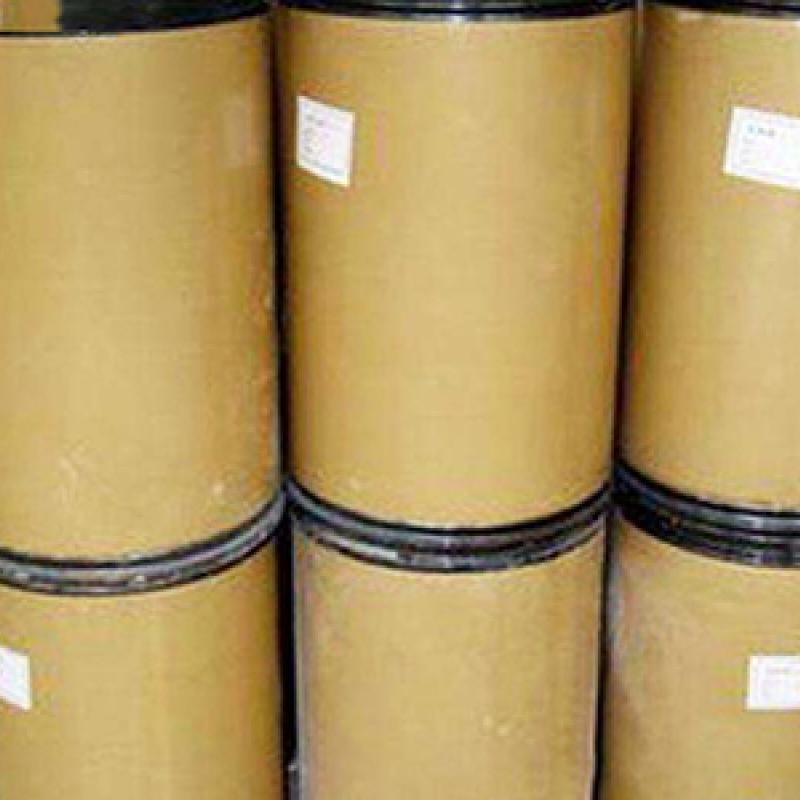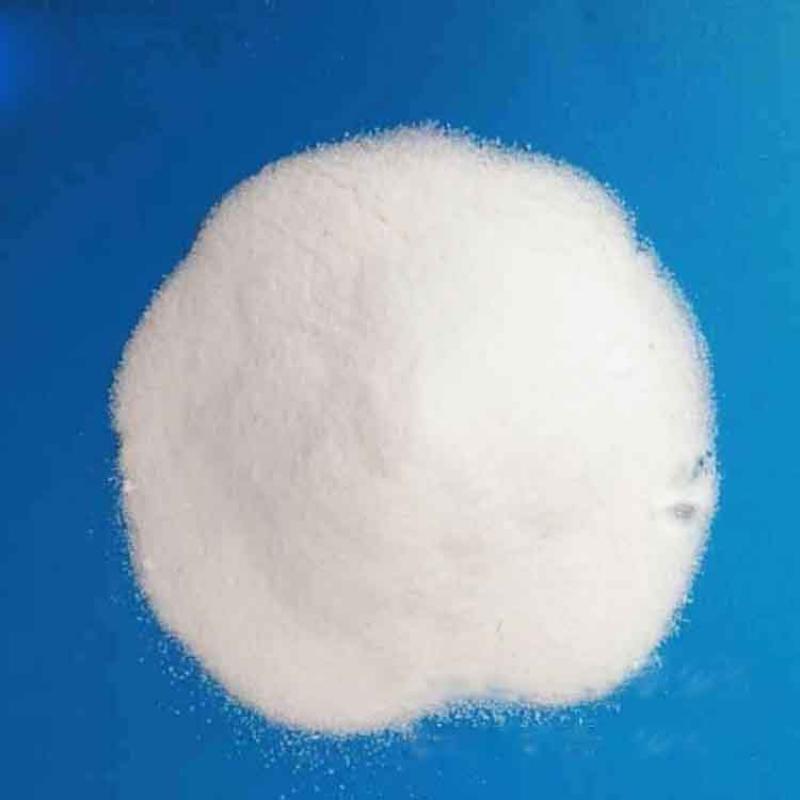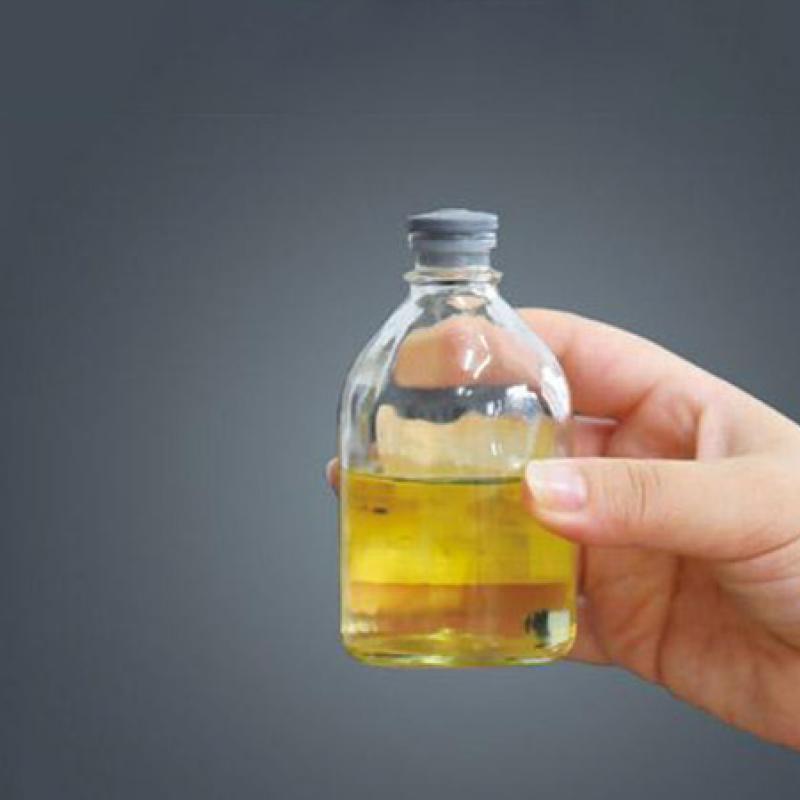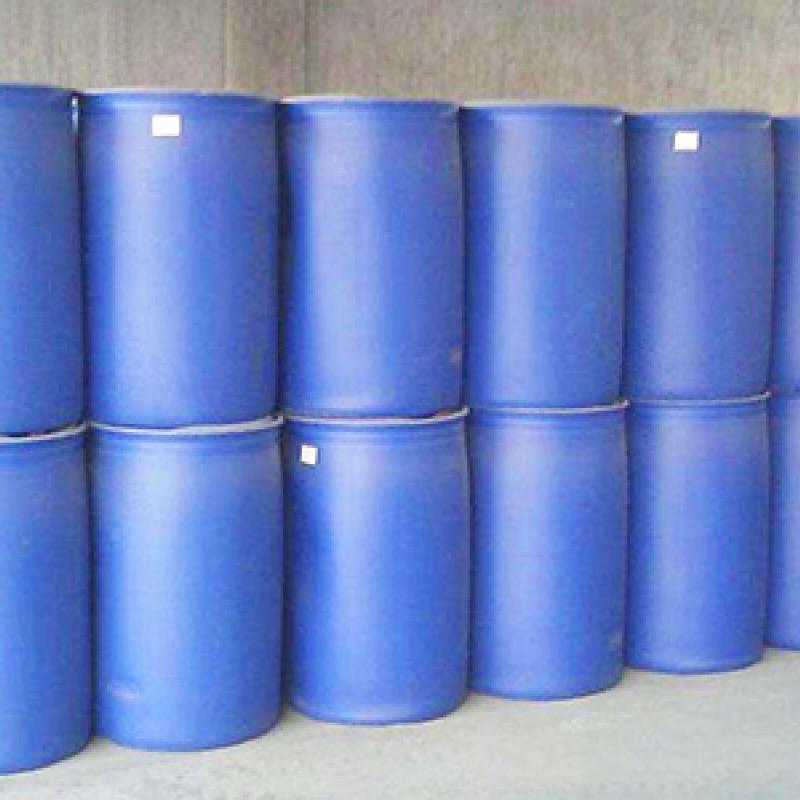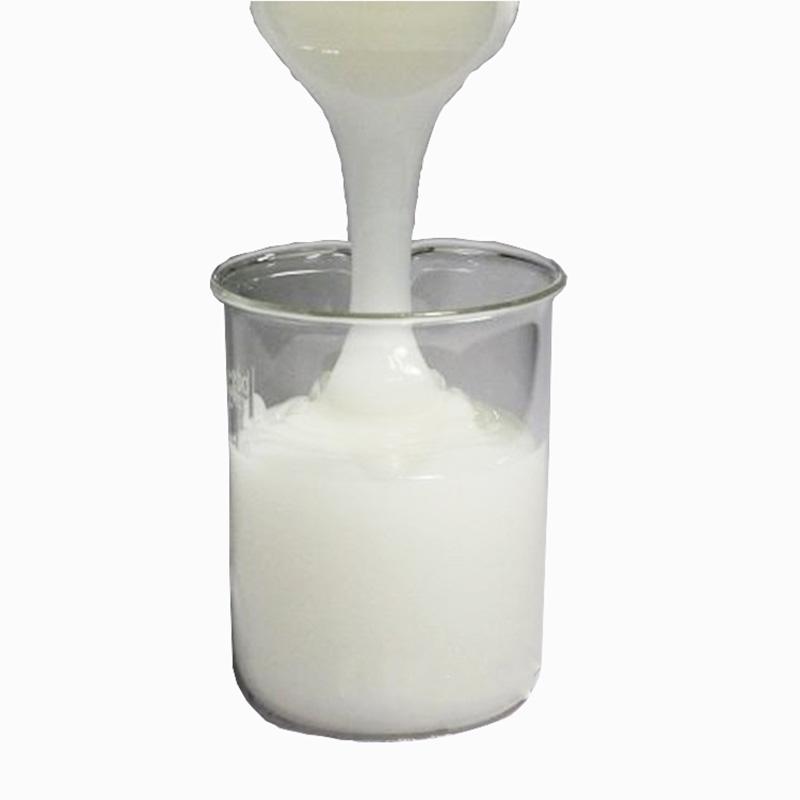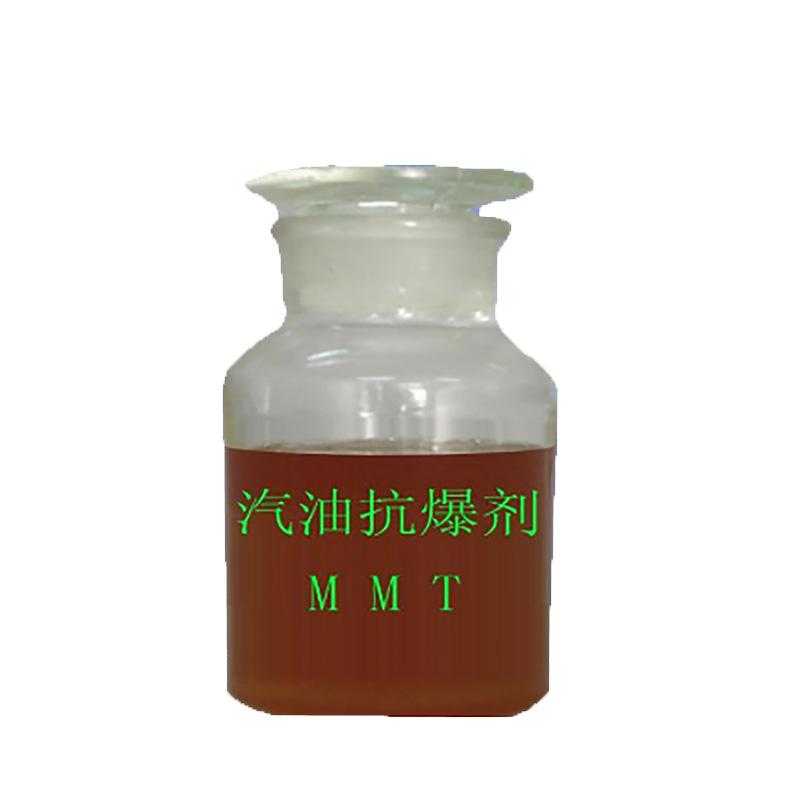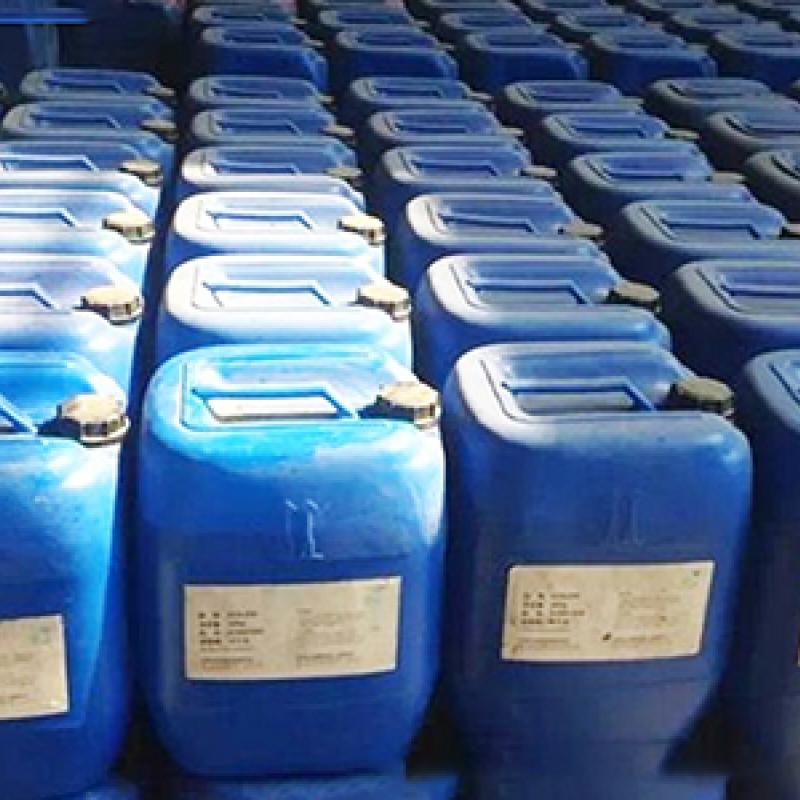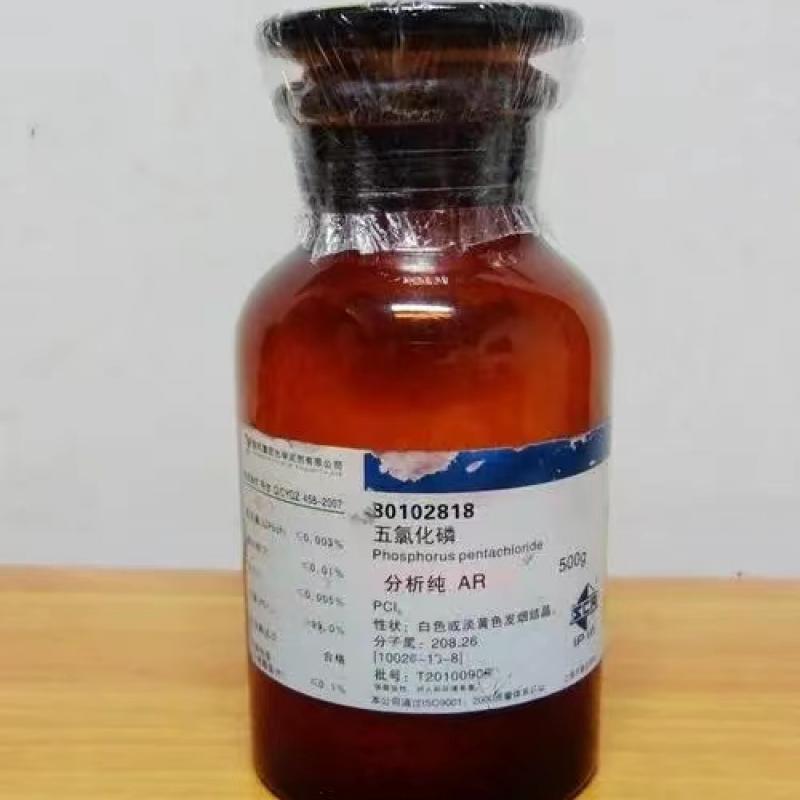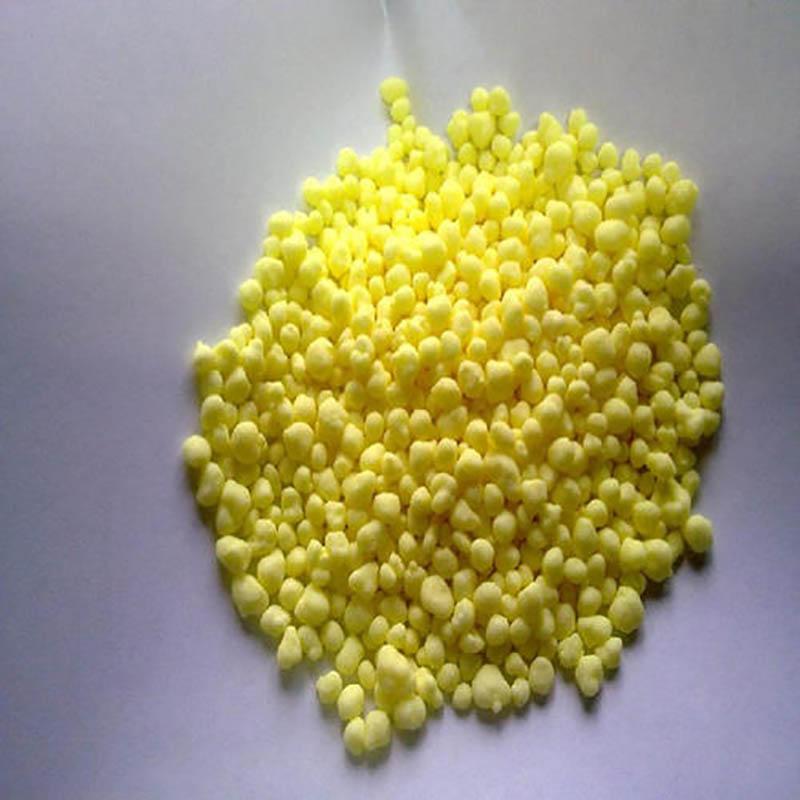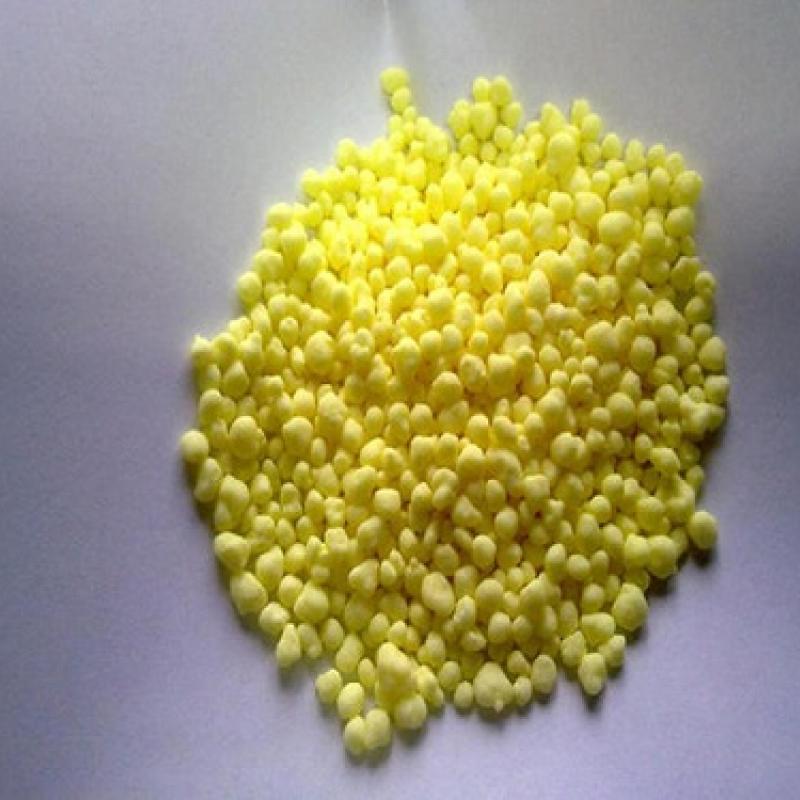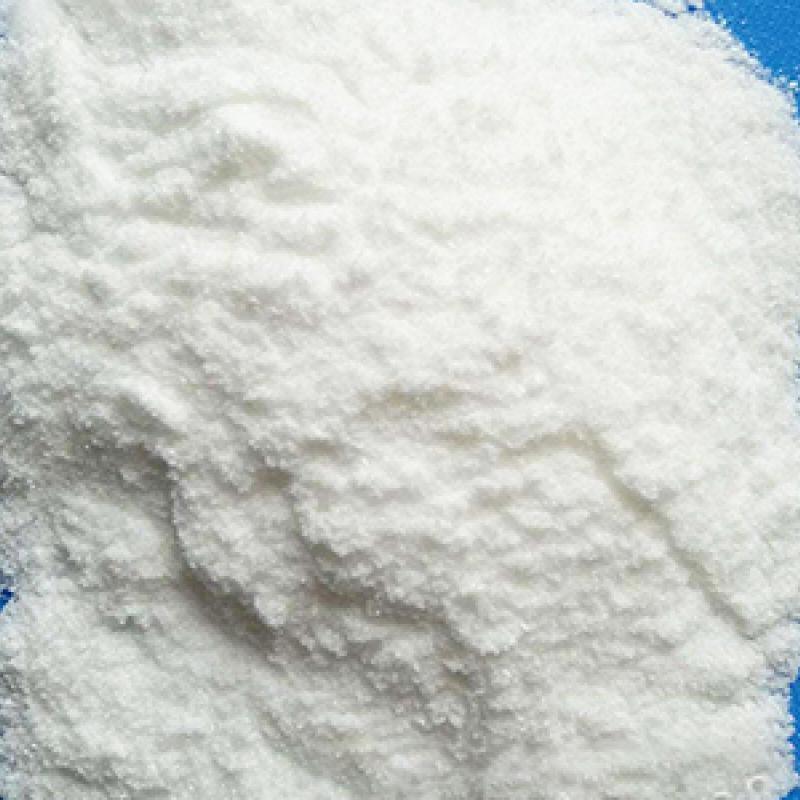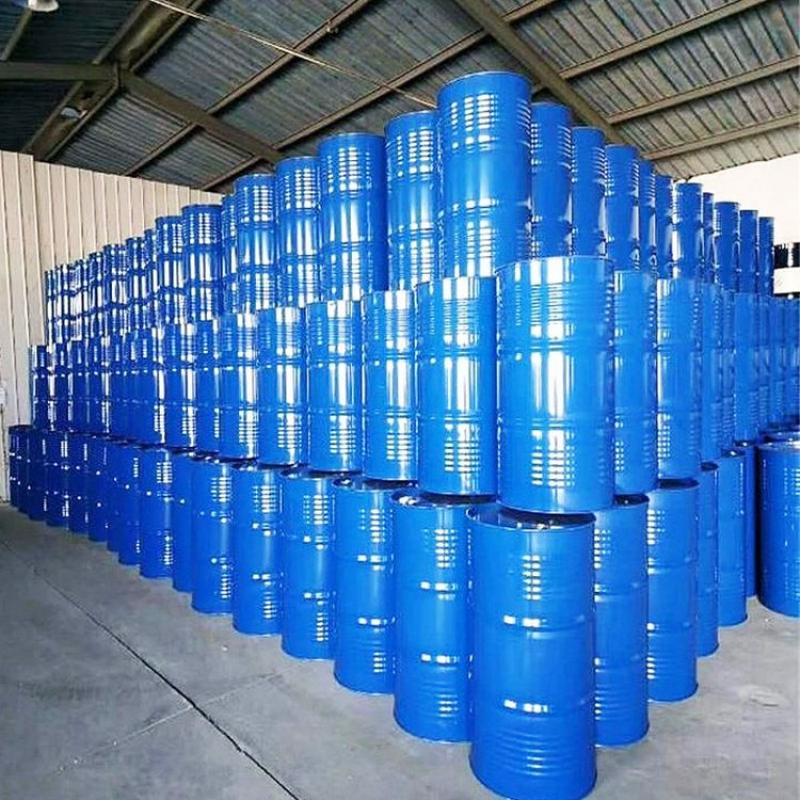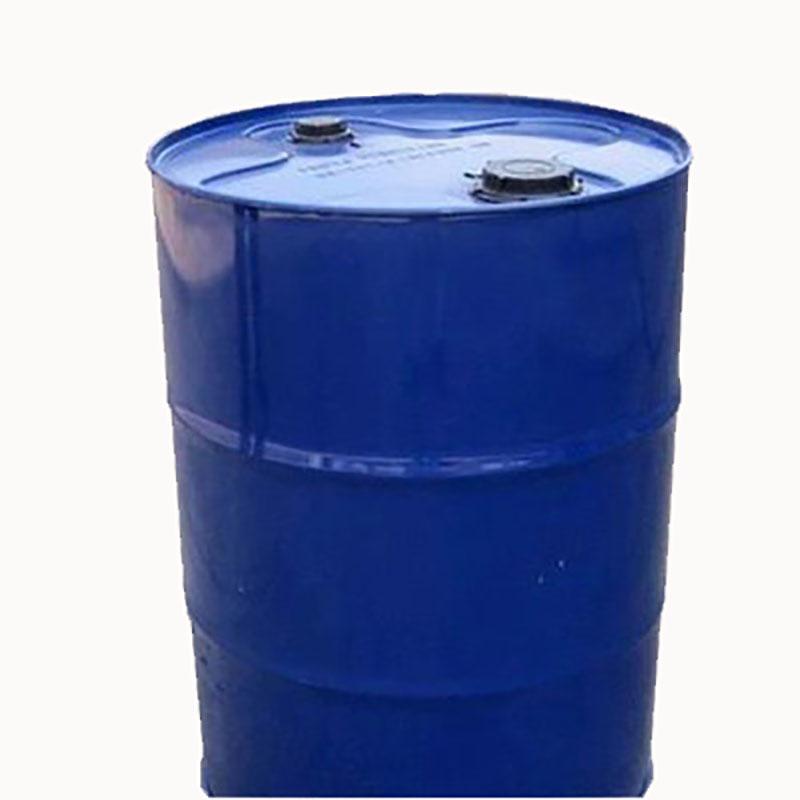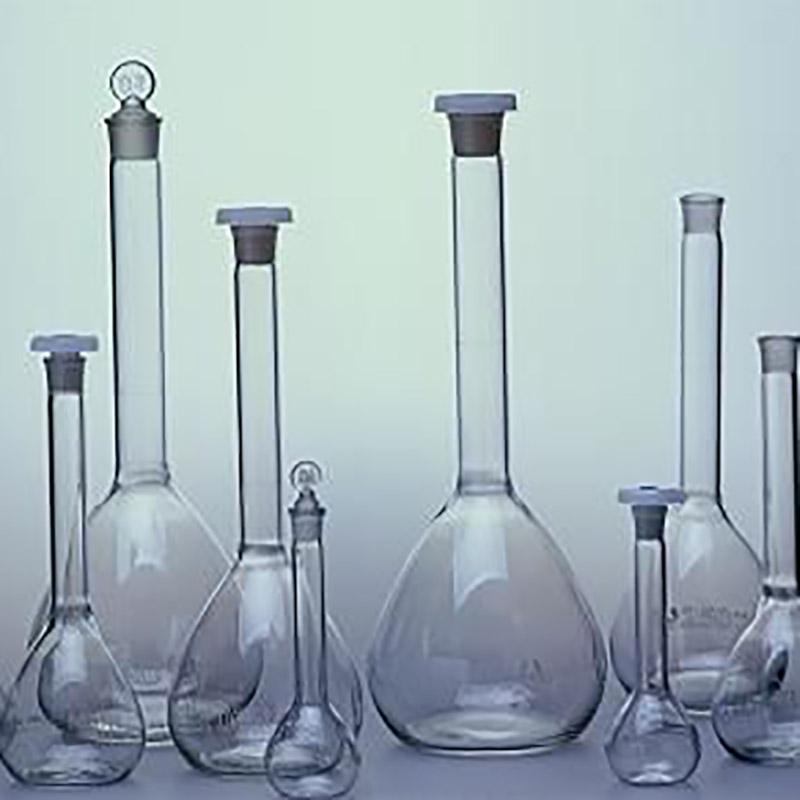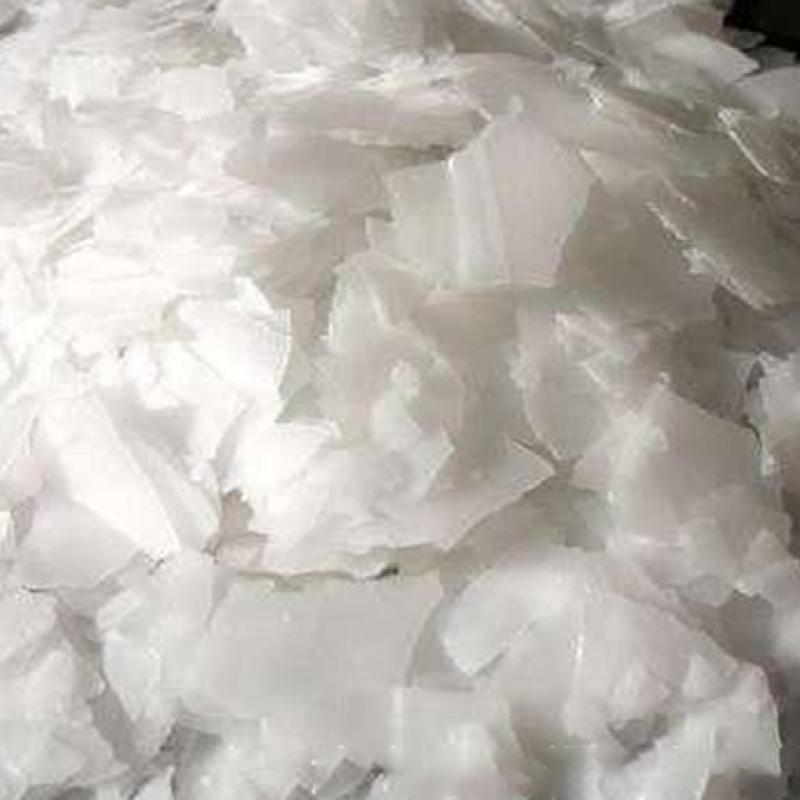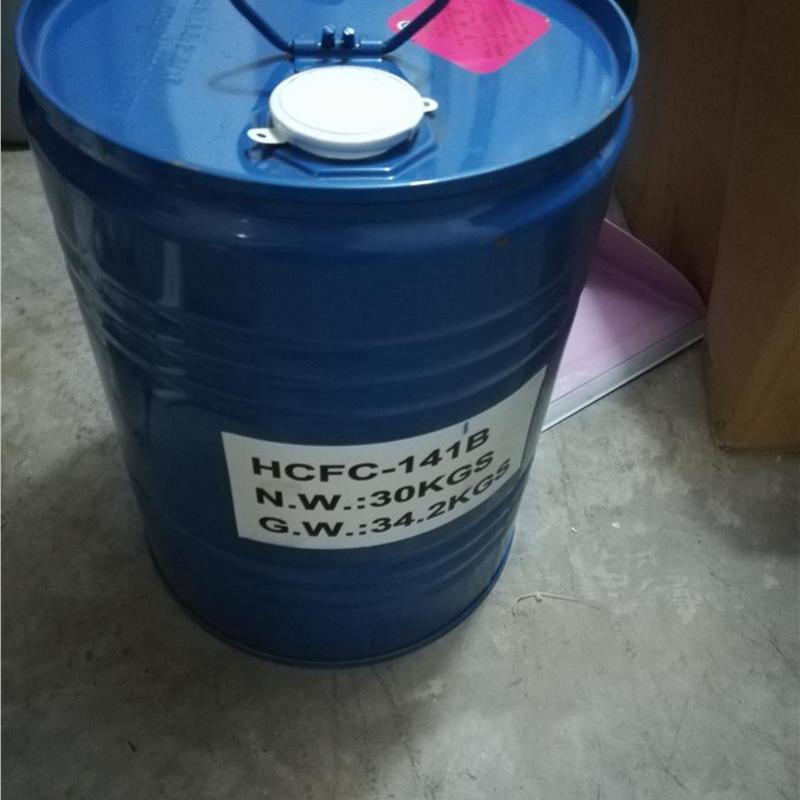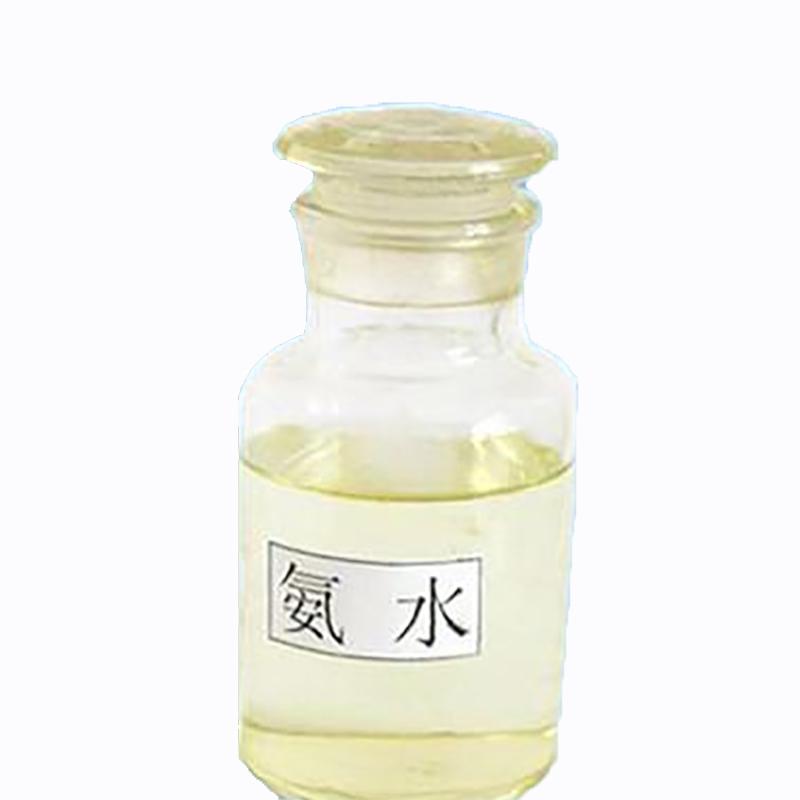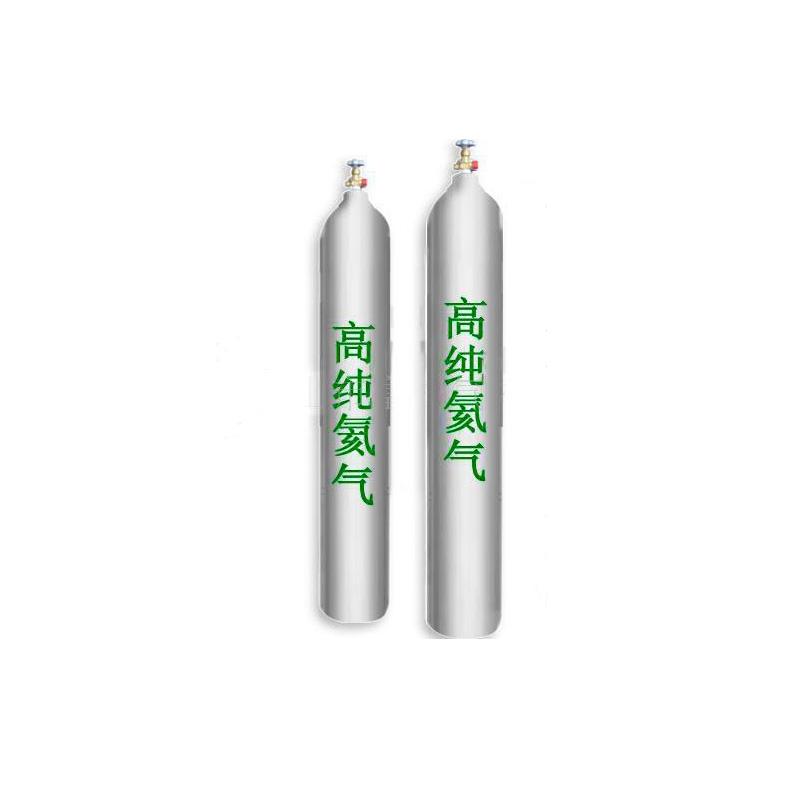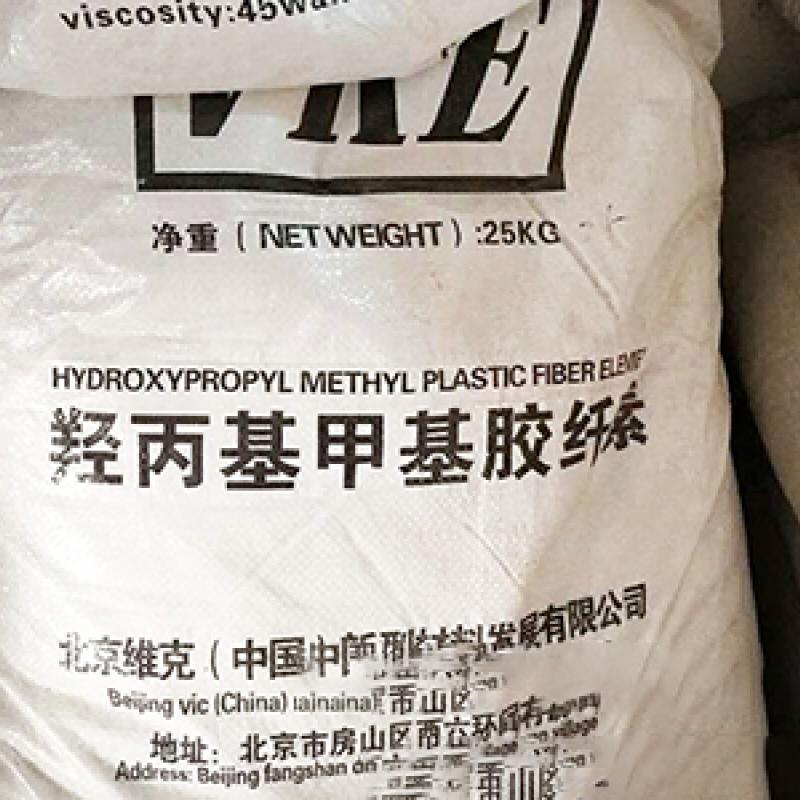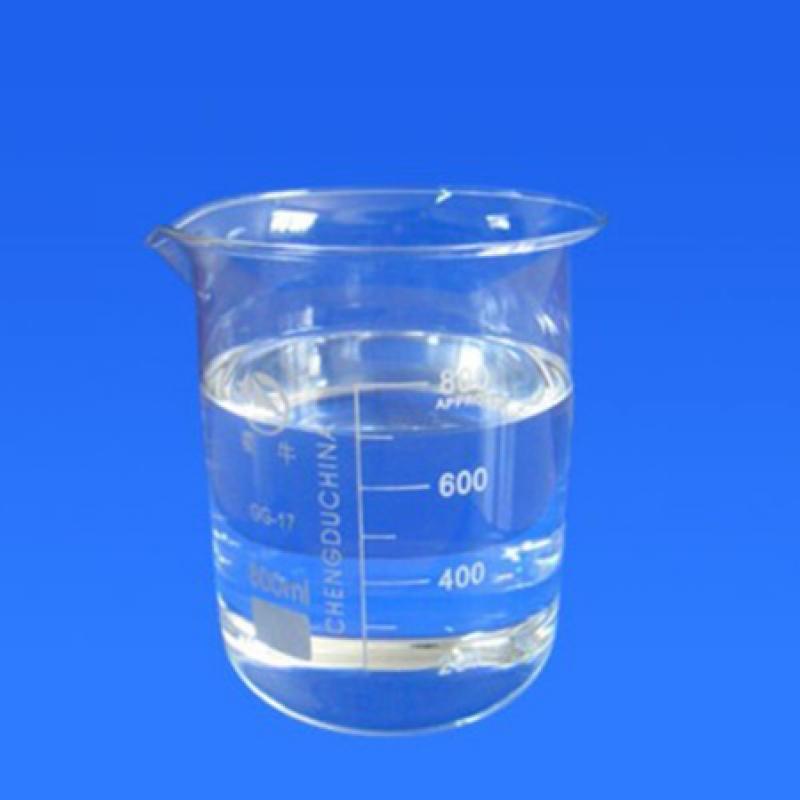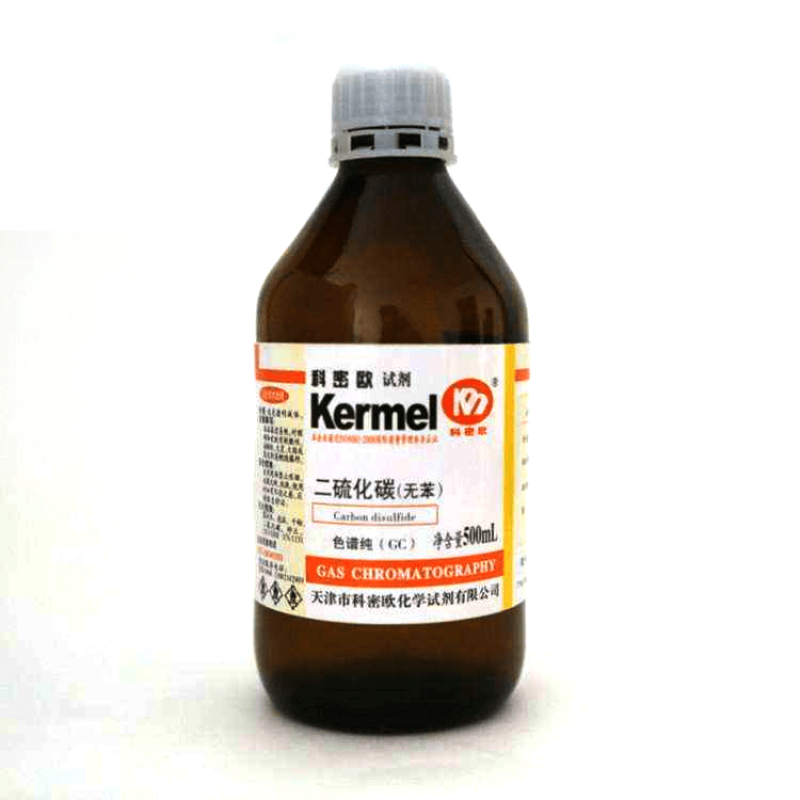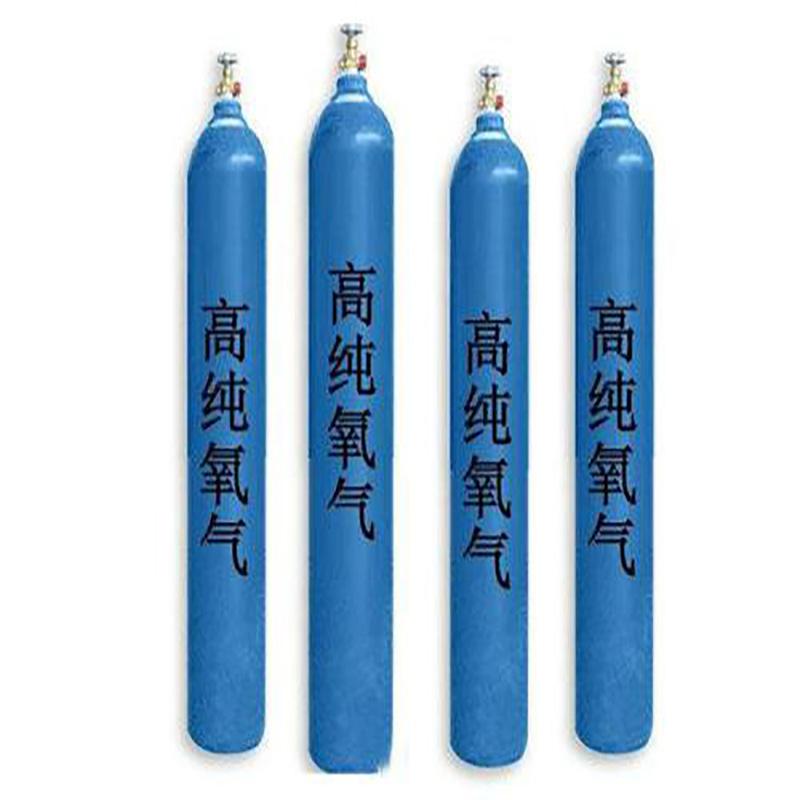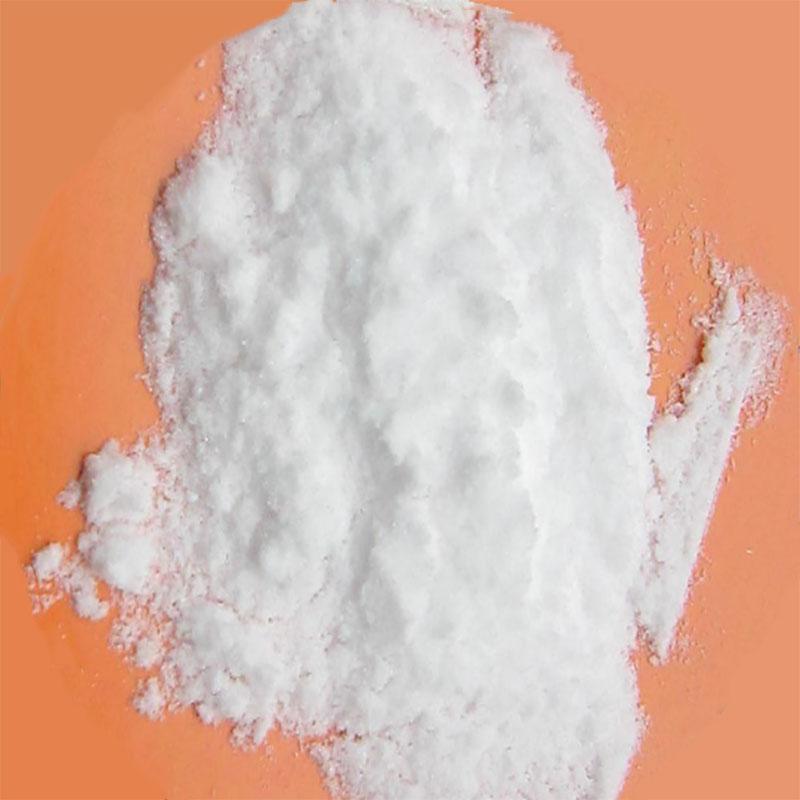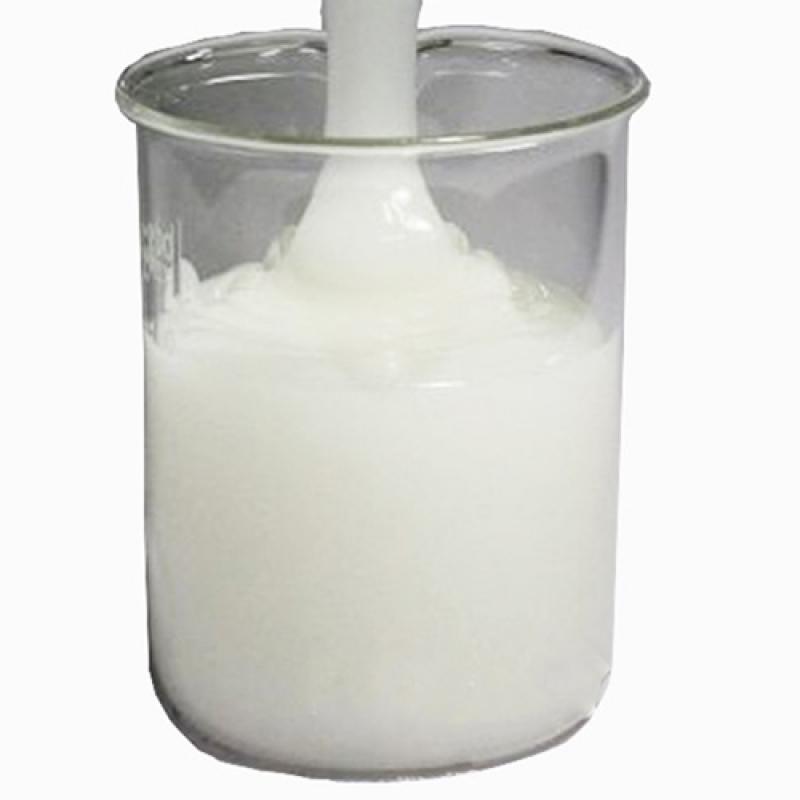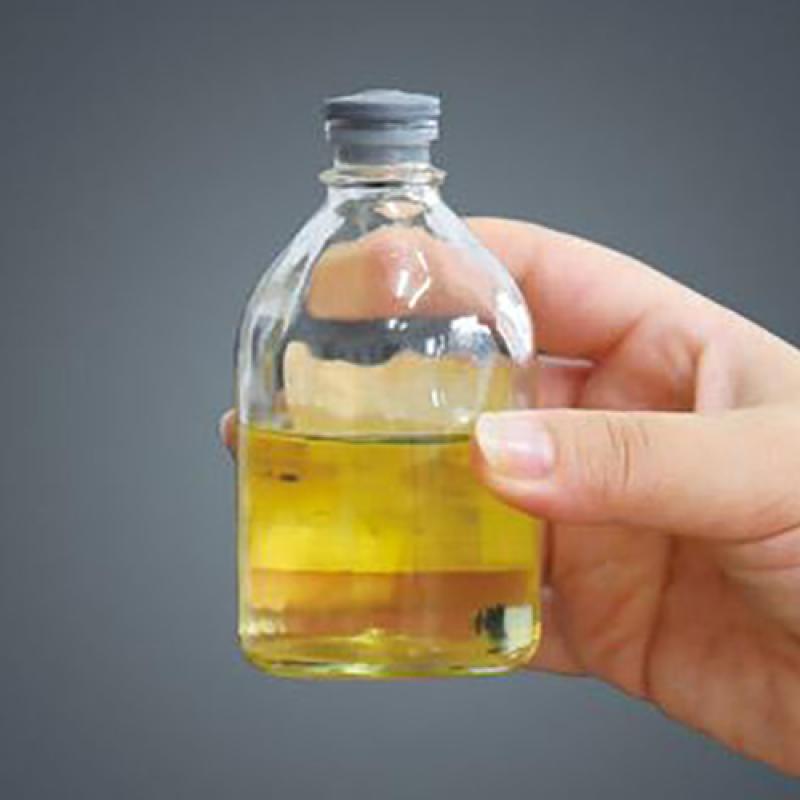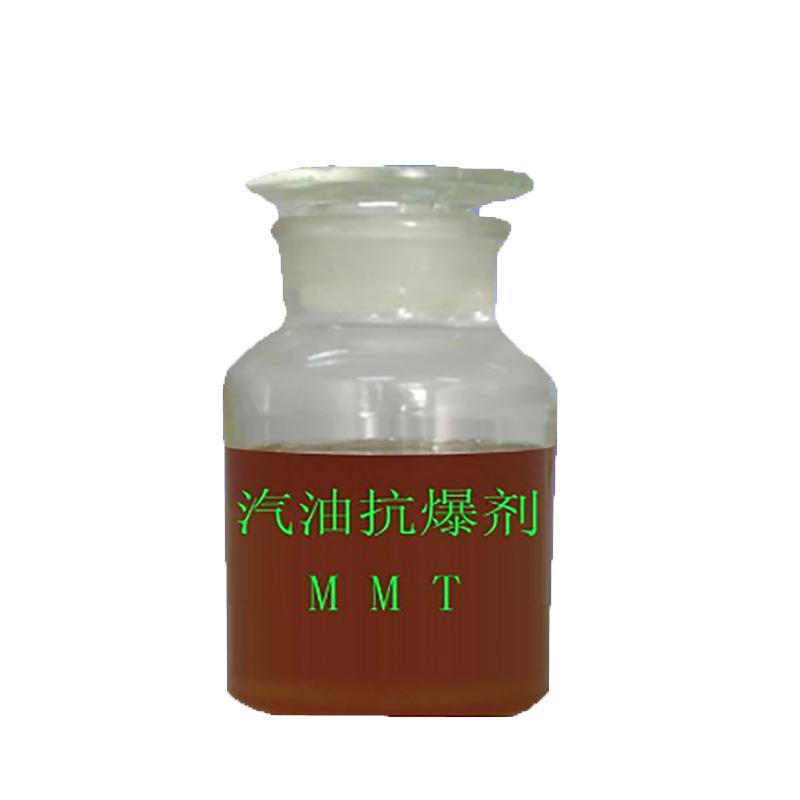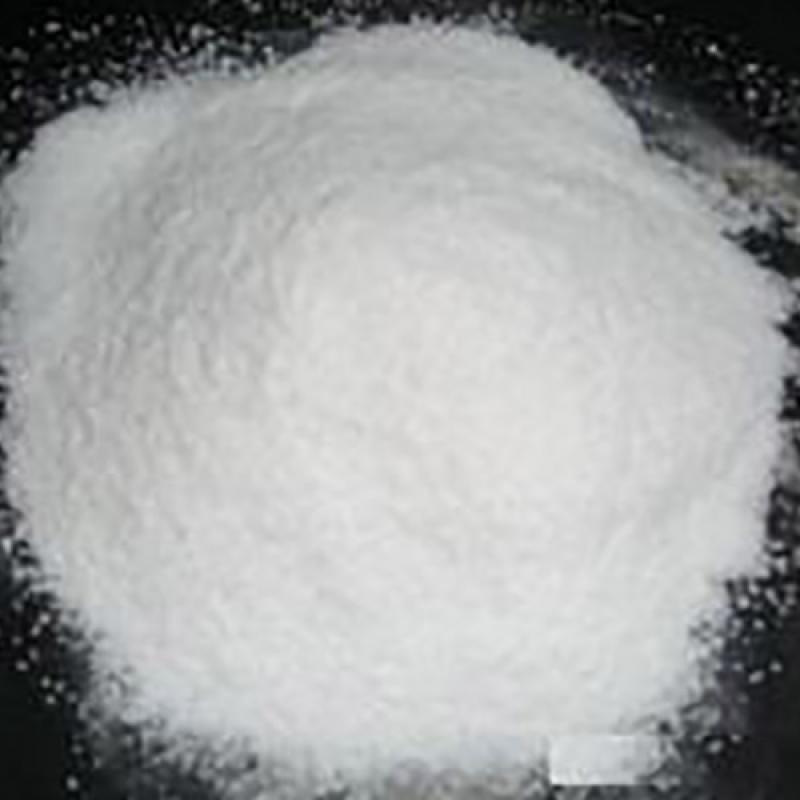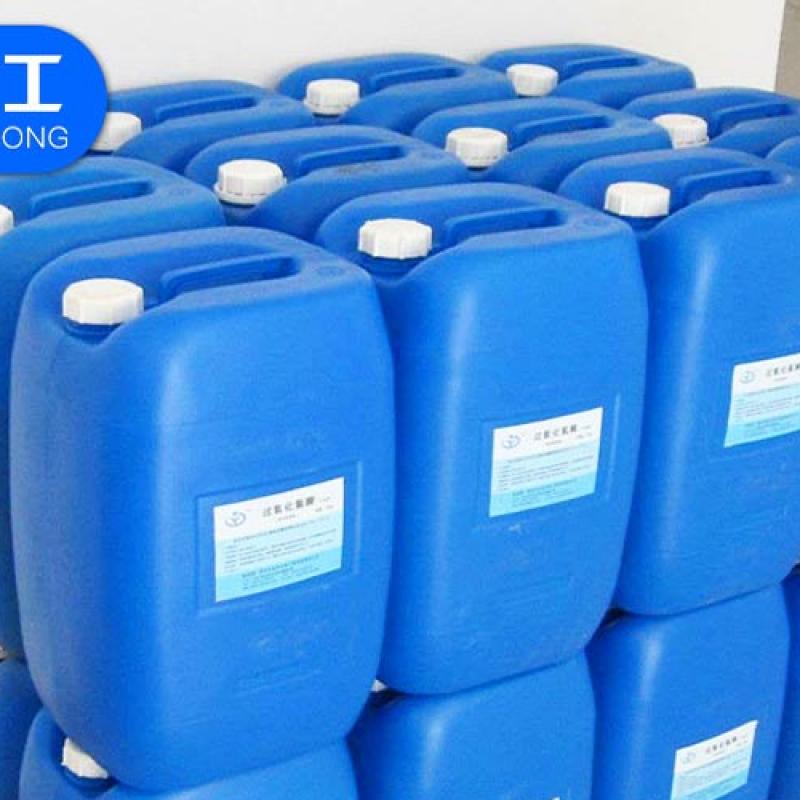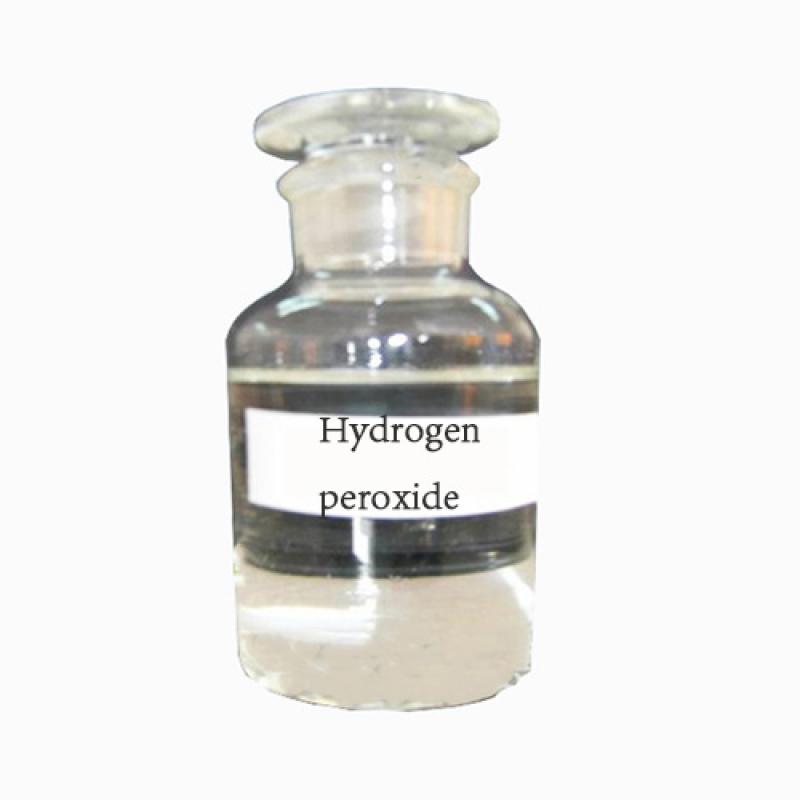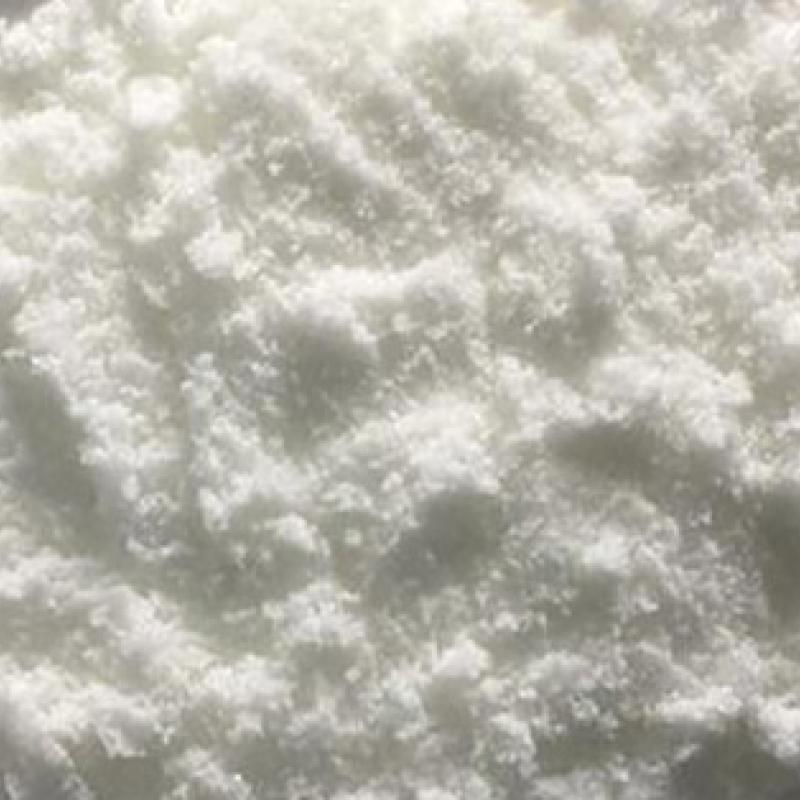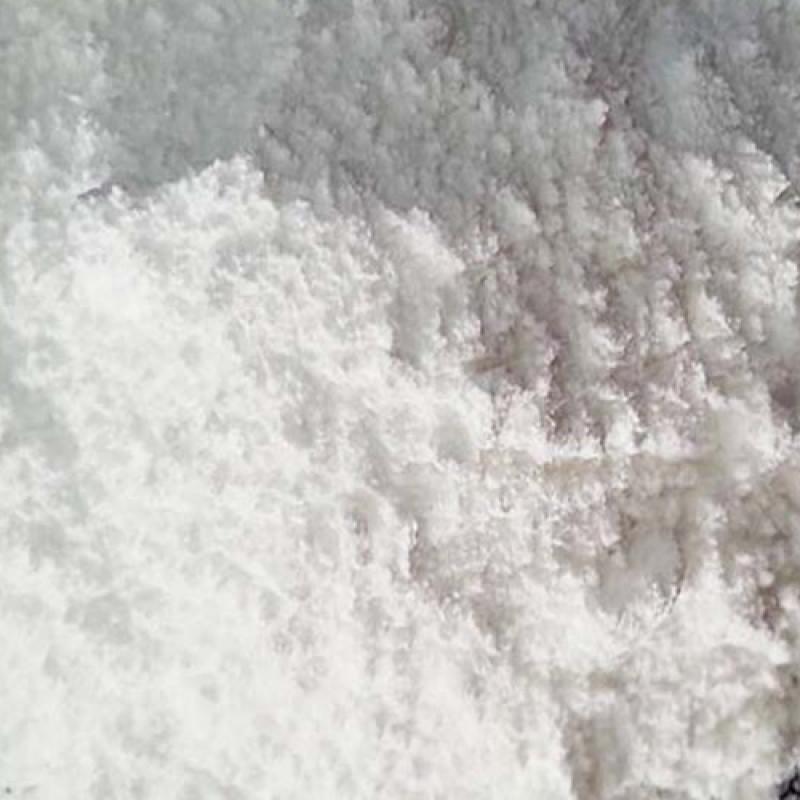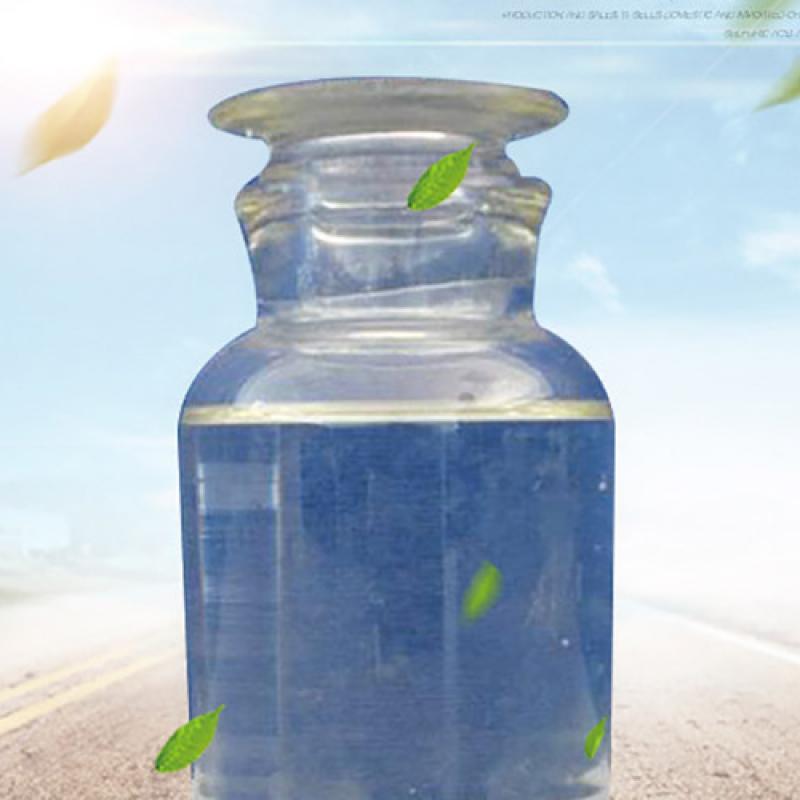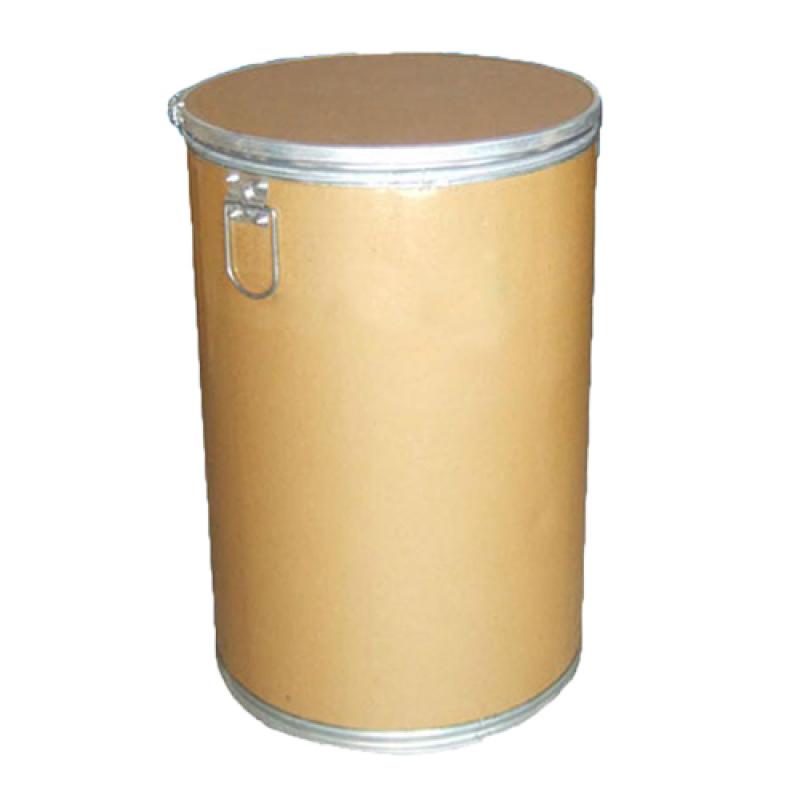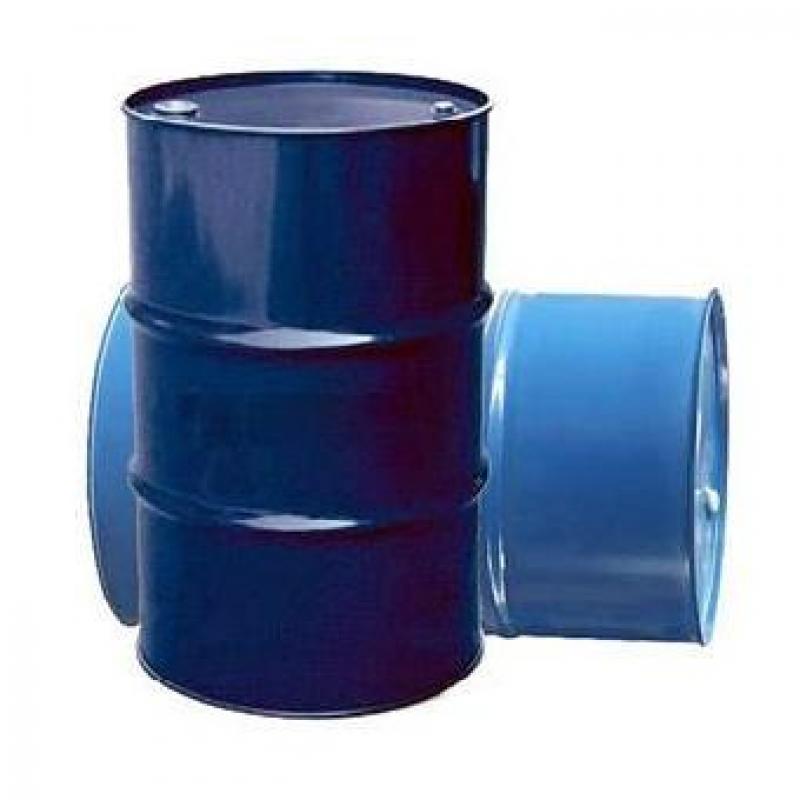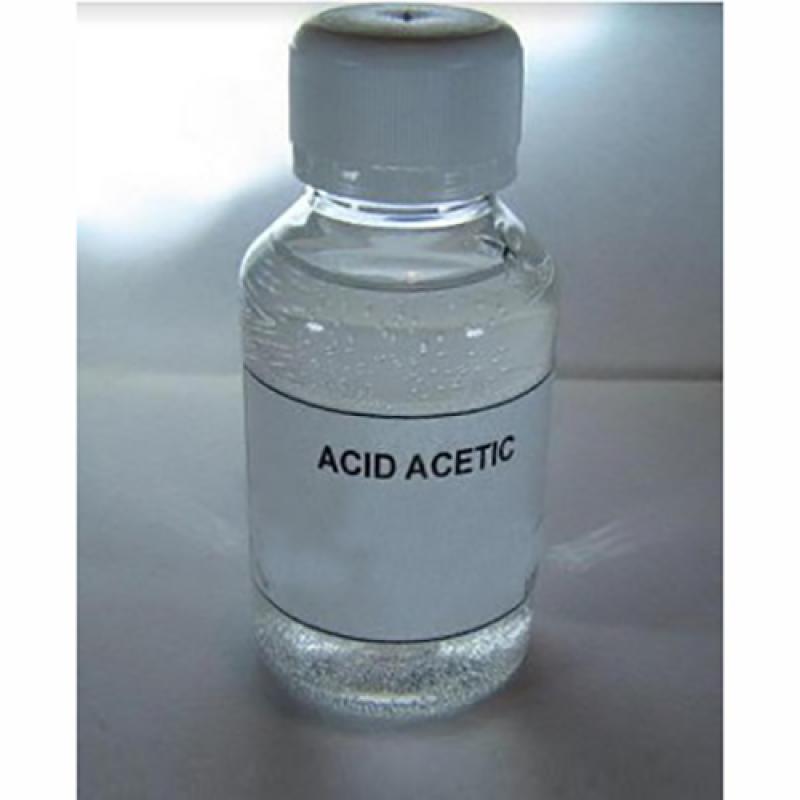Reducing agent-manufacture,factory,supplier from China
(Total 24 Products for Reducing agent)
In fact, any kind of antioxidant can not fully meet these conditions. Therefore, in actual application, it is often based on the variety, use and processing method of engineering plastics, using the strengths of various additives and cooperating to produce synergistic effects.
Contact Now
Antioxidant is a kind of chemical substance. When it is only a small amount in the polymer system, it can delay or inhibit the progress of the polymer oxidation process, thereby preventing the aging of the polymer and prolonging its service life. It is also called " Anti-aging agent".
Contact Now
Common tetra-group lead, ferrocene, MMT (methylcyclopentadiene trikarbonyl manganese) or CMT is common, because metal deposits can occur in the inside of the launching machine, resulting in a cylinder wear, spark plug ignition Poor problems such as poisoning, oxygen sensors and ternary catalysts, have been prohibited or constrained. The addition of tetra-element and ferrocene added is known as national standards, and the manganese-based anti-explosive agent is strictly constrained (the detection limit is less than 0.018 g / L).
Contact Now
Chemical nature:
Forbidden qualitative: strong oxidizing agent, strong reducing agent, strong acid, strong base.
Ecological nature:
Ecotoxicity
EC50: 1.2 ~ 1.51mg / L (luminous bacteria, microtox toxicity test)
Biodegradability
Miti-I test, initial concentration of 100 mg / L, sludge concentration 30 mg / L, 2 weeks later degraded 77%.
Non-biodegradability
In the air, when the hydroxyl radical concentration is 5.00 × 105 / cm3, the degradation of the half-life is 7.8d (theory).
Other harmful effects
The material is damaged by the environment and should pay spe
Contact Now
A substance that can reduce the surface tension of water, solution, suspension, etc., prevent the formation of foam, or reduce or eliminate the original foam. [1]
Contact Now
The octane is the most important quality indicator of the vehicle gasoline.
Contact Now
From the perspective of physics, the methods to eliminate foam mainly include placing baffles or filters, mechanical stirring, static electricity, freezing, heating, steam, radiation, high-speed centrifugation, pressure and decompression, high-frequency vibration, instantaneous discharge and ultrasonic (acoustic) Liquid control), etc., these methods promote the gas permeation rate at both ends of the liquid film and the drainage of the bubble film to varying degrees, so that the stability factor of the foam is smaller than the attenuation factor, and the number of foams is gradually reduced.
Contact Now
Phosphorus pentachloride is mainly used as a chlorination reagent for alcohols, carboxylic acids, amides, aldehydes, ketones, enols, and Beckmann rearrangement reagents. It is used as a chlorination agent and catalyst in organic synthesis, and is used in the production of medicines, dyes, and chemical fibers. It is also the raw material for the production of phosphazene chloride and phosphorus oxychloride.
Contact Now
Light yellow to white granular crystals (semi-circular) white to light yellow loose crystals, heating is made black.
Contact Now
1.4, 4 '- methylene bis (2-chlorocene)
The molecular weight is 267.15, the molecular formula is C13H12N2 CL2
Contact Now
Aspirational antioxidants should have the following conditions:
①Should have high anti-oxidation ability;
②Good compatibility with resin, no precipitation;
③Good processing function, non-volatile and non-decomposing at the processing temperature of high polymer;
④Good resistance to extraction, insoluble in water and oil;
⑤The color of itself is best to be colorless or light-colored, so as not to pollute the product;
⑥Non-toxic or low-toxic;
⑦Low price.
In fact, any kind of antioxidant can not fully meet these conditions.
Contact Now
HCFC-141b (monofluorodichloroethane) is a high-purity liquid widely used in cleaning and solvent fields.
Because its damage to the ozone layer is 1/10 of CFC-113, it is designated as an ideal substitute for fully halogenated chlorofluorocarbons.
HCFC-141b is a widely used non-perhalogenated chlorofluorocarbon. Although its destructive effect on the ozone layer has been greatly reduced compared to fully halogenated chlorofluorocarbons, it can still cause damage to the ozone layer that is difficult to recover. As a result, its use is gradually being reduced around the world.
Contact Now
The toluene diisocyanate has 2,4-toluene diisocyanates and 2,6-toluene diisocyanate (TDI).
Contact Now
Glass material is referred to as a glass instrument. Many glass instruments are used in the laboratory, which is highly chemically stable, thermal stability, and well-transparent, and good insulation function.
Contact Now
Potassium hydroxide is strongly alkaline and corrosive, and its properties are similar to sodium hydroxide, which can cause burns. It can absorb water and dissolve in the air, and absorb carbon dioxide to gradually become potassium carbonate. The pH of the 0.1 mol/L solution is 13.5.
Contact Now
HCFC-141b (monofluorodichloroethane) is a high-purity liquid widely used in cleaning and solvent fields.
Contact Now
Ammonia, also known as Amonia water, can be written as NH3(aq), which is an aqueous solution of ammonia, colorless, transparent and has a pungent odor.
Contact Now
Helium is a rare gas. Its English name is Helium, and its element symbol is He. It is a colorless and odorless inert gas. Its chemical properties are not vivid. Under normal conditions, it is difficult to react with other substances.
Contact Now
Dissolving function: soluble in water and some solvents, such as ethanol/water, propanol/water in appropriate proportions. The aqueous solution has surface activity. High transparency and stable function. Different standard products have different gel temperatures and solubility changes with viscosity. The lower the viscosity, the greater the solubility. Different standards of HPMC have different functions. The dissolution of HPMC in water is not affected by pH.
Contact Now
Features: Contains two hydroxyl groups and one amino group. Hydroxyl reduces the vapor pressure, increases the solubility, is conducive to the absorption of acid gas, and can increase the concentration, reduce circulation, and reduce energy consumption. The presence of the methyl group in the amino group reduces the alkalinity and activity of the amino group and reduces the CO2 absorption rate.
The molecular weight is 119.16, the melting point is -21°C, the flash point is 127°C, the freezing point is -21°C, and the refractive index is 1.4678. The viscosity (20°C) is 101 MPa·sec.
Contact Now
Melting point -70°C boiling point: 135.1°C solubility can be miscible with water and most organic solvents such as ethanol
Density (D4) 0.925-0.935
The relative density (water=1) is 0.94; the relative density (air=1) 3.10 is stable
Danger marks 7 (flammable liquid) and 14 (including drugs) are mainly used as solvents, as well as leather colorants, emulsifiers, stabilizers, paint thinners, paint removers, etc.
Contact Now
Carbonide is a kind of inorganic compound with CS2 chemical formula. It is a colorless liquid and is a common solvent.
Contact Now
Oxygen is a simple substance composed of oxygen. The chemical formula O2 has more vivid chemical properties, and most of the elements can react with oxygen.
Contact Now
Sodium Persulfate is also called sodium sulfate, is an inorganic substance, a chemical formula is Na2S2O8, and the appearance is a white crystal powder, odorless.
Contact Now
Relate News
Antifoaming agent refers to a substance that can reduce the surface tension of water, solution, suspension, etc., prevent the formation of foam, or reduce or eliminate the original foam. In the papermaking process, due to unreasonable sizing, poorly washed pulp, alkaline fillers used in acid systems, and various additives, foams will accumulate in the wet end of the papermaking system, resulting in the formation of foam dots on the paper.
The gasoline products of different specifications can be adjusted according to the effective selection of MMT, MTBE, recombined gasoline, catalytic gasoline and straight-run gasoline.
Titanium dioxide naturally exists in titanium ores such as titanium ore and rutile. Its molecular structure gives it high brightness and covering properties, but it must first be chemically extracted and purified. More than 60 years ago, DuPont invented the chlorinated titanium dioxide production process. Compared with the old sulfuric acid process, it can manufacture high-quality pigment products while reducing environmental emissions and Chemicalbook energy consumption.
Hydrogen peroxide is a good oxidizing bleaching agent. It is used for bleaching yarns with hydrogen peroxide. It has good whiteness, pure color and no impurities in the equipment.
Hydrogen peroxide is also known as hydrogen peroxide, and its chemical formula is H2O2. Its appearance is a light blue viscous liquid, which can be mixed with water at will. It is an oxide and reducing agent, but the effect of hydrogen peroxide in different situations There are also certain differences. Today, let us talk about the actual effects of hydrogen peroxide in different uses.
Antioxidants can be used as hydrogen donors to scavenge free radicals generated during the chain initiation stage, thereby inhibiting or reducing the oxidation of oils. Therefore, in order to delay the oxidation of fats and extend their shelf life, the most common and effective way is to add antioxidants to the fats.
The organic improvement of the titanium dioxide surface is to carry out organic coating on the surface of the particles through the chemical reaction or physical absorption of organic molecules on the surface of the particles, transform the surface state of the particles, so that it can be effectively dispersed in the organic solvent, and improve the powder in the organic matter. Compatibility in the interface. Generally can be divided into esterification method, surfactant method, coupling agent method and polymer coating method.
Water retaining agent (for bread, cake); Carrier solvent (for spices, pigments, water-insoluble preservatives, etc.); Thickener (used for beverages, liquor preparation, etc.) Plasticizer (candy, dessert Chemicalbook, meat products); Sweeteners. EEC regulations can be used for alcoholic beverages, candies, cakes, coating glazing, meat and cheese coating, non-alcoholic beverages, baked products, gum, gelatin sweets, etc.
Antioxidant is a kind of plastic additives that can effectively reduce the self-oxidation reaction speed of plastic materials and delay its aging degradation. It has a wide range of applications and is widely used in various polymer material products.
Meta-xylene is an organic compound with a molecular formula of C8H10 and a molecular weight of 106. It is a colorless and transparent liquid with an odor similar to toluene. It is insoluble in water, but miscible in most organic solvents such as ethanol, ether and chloroform. Used as solvent, medicine, dye intermediate, perfume, etc.
Acetic acid, commonly known as acetic acid (AcOH) because it is the main component of vinegar, is one of the most important fatty acids. In nature, it occurs in many plants as free or esters. Molecular formula CH3COOH.

